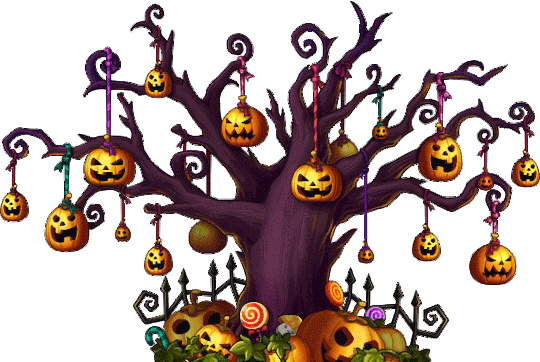NEW YEAR
30.Sep.2021
For at least four millennia, human societies all around the world have commemorated the beginning of each New Year. Most New Year's celebrations now begin on December 31 (New Year's Eve), the Gregorian calendar's last day, and extend until the early hours of January 1 (New Year's Day). Attending parties, eating special New Year's dishes, making New Year's goals, and viewing fireworks displays are all popular customs. The practice of making New Year's resolutions is considered to have originated with the ancient Babylonians, who made promises in order to earn the gods' favor and get the year off to a good start. The most famous New Year's Eve tradition in the United States is the midnight drop of a gigantic ball in New York City's Times Square. Hundreds of millions of people watch the event, which has been held almost every year since 1907. Various towns and localities across the United States have created their own versions of the Times Square tradition, arranging for public dropping of objects ranging from pickles to possums at midnight on New Year's Eve. Symbolic foods are frequently served at celebrations. Many Europeans, for example, eat cabbage or other greens to ensure good fortune in the following year, whereas black-eyed peas are associated with good fortune in the American South. Special delicacies like dumplings, noodles, and rice cakes are consumed all over Asia, and complex feasts incorporate items whose names or appearances represent long life, happiness, wealth, and good fortune. To usher in the New Year, the song "Auld Lang Syne" is performed at the stroke of midnight in practically every English-speaking country on the planet. “Auld Lang Syne,” a traditional Scottish tune, literally means “old long ago” or “the good old days.”


